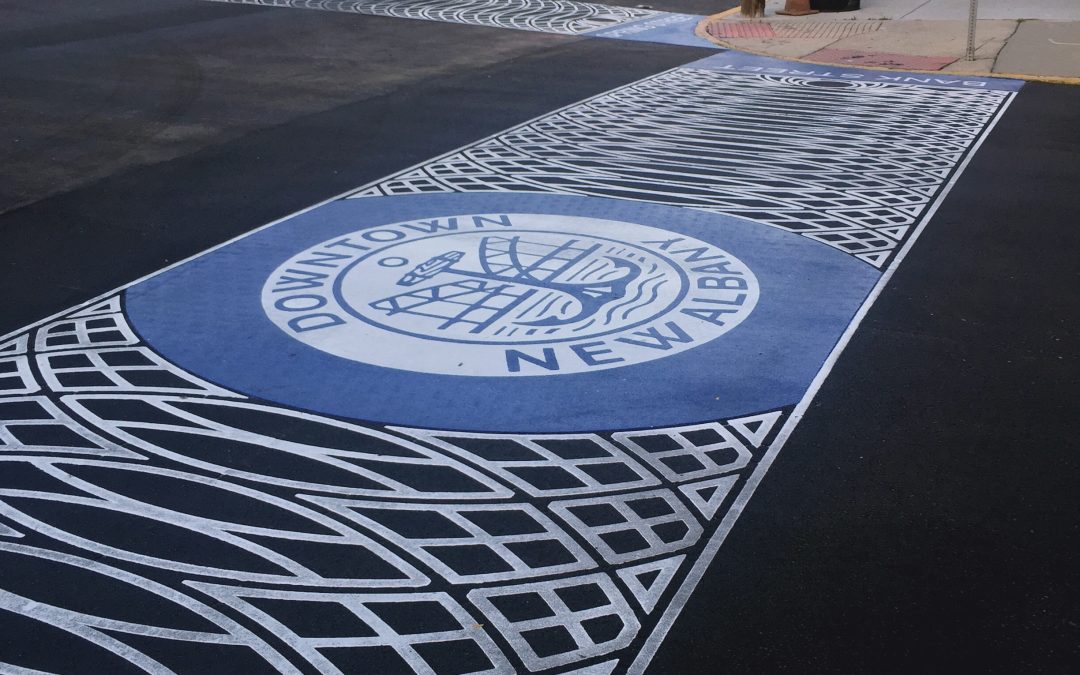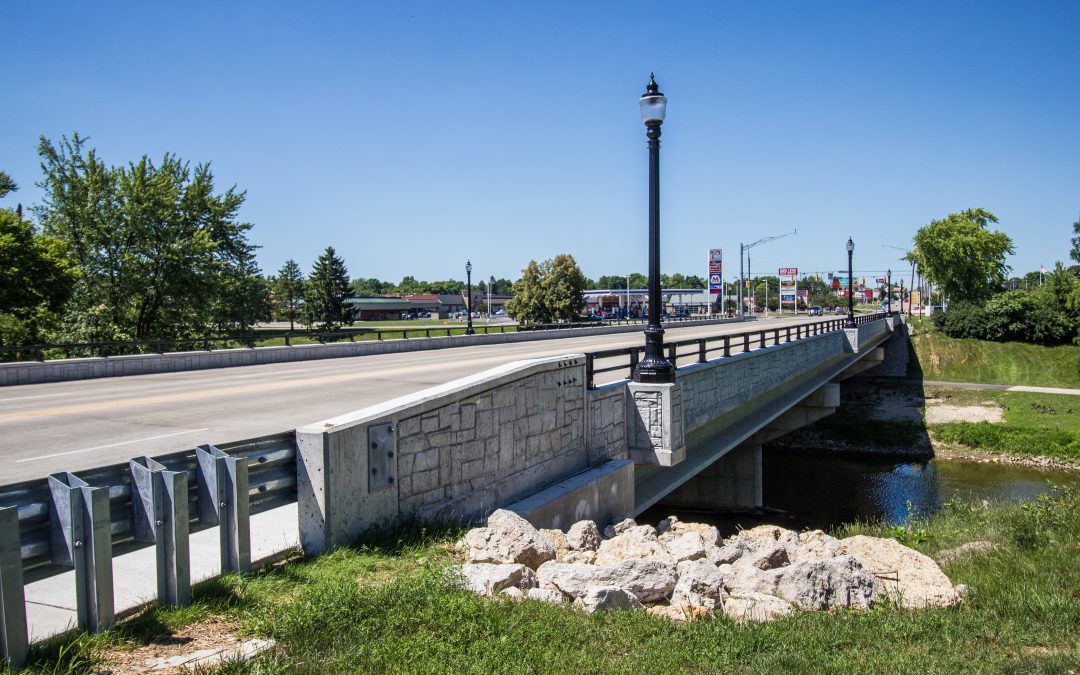
New Albany Grid Modernization
New Albany, IN
Grid Modernization
HWC provided design and construction inspection services for the $1.9 million Grid Modernization Project in the Downtown Corridor of New Albany, Indiana.
The project began with a conceptual study that evaluated past recommendations, identified three options for the one-way to two-way grid modernization, and identified three complementary projects for the downtown corridor. HWC studied options for grid corridor modernization, and the chosen option included converting Spring, Market, Elm, Pearl, and Bank streets to two-way traffic. This option manages vehicle patterns, improves access to downtown businesses, calms traffic, improves pedestrian safety, provides bike lanes, and enhances the economic vitality of downtown businesses.
The project included the modernization of 15 traffic signals through the project corridor and upgrades pavement markings and signage for two-way traffic. The identified complementary projects include downtown streetscape improvements, one-way to two-way conversions west of State Street, and a downtown pedestrian bicycle plan.


Recent Comments